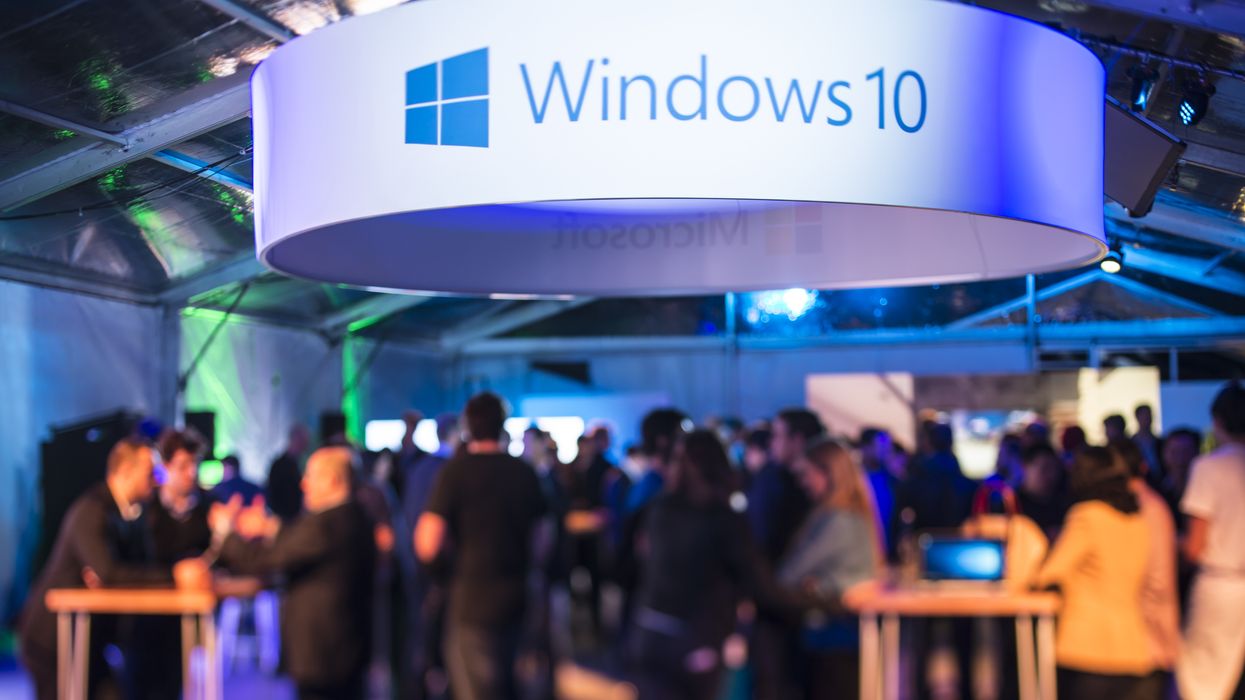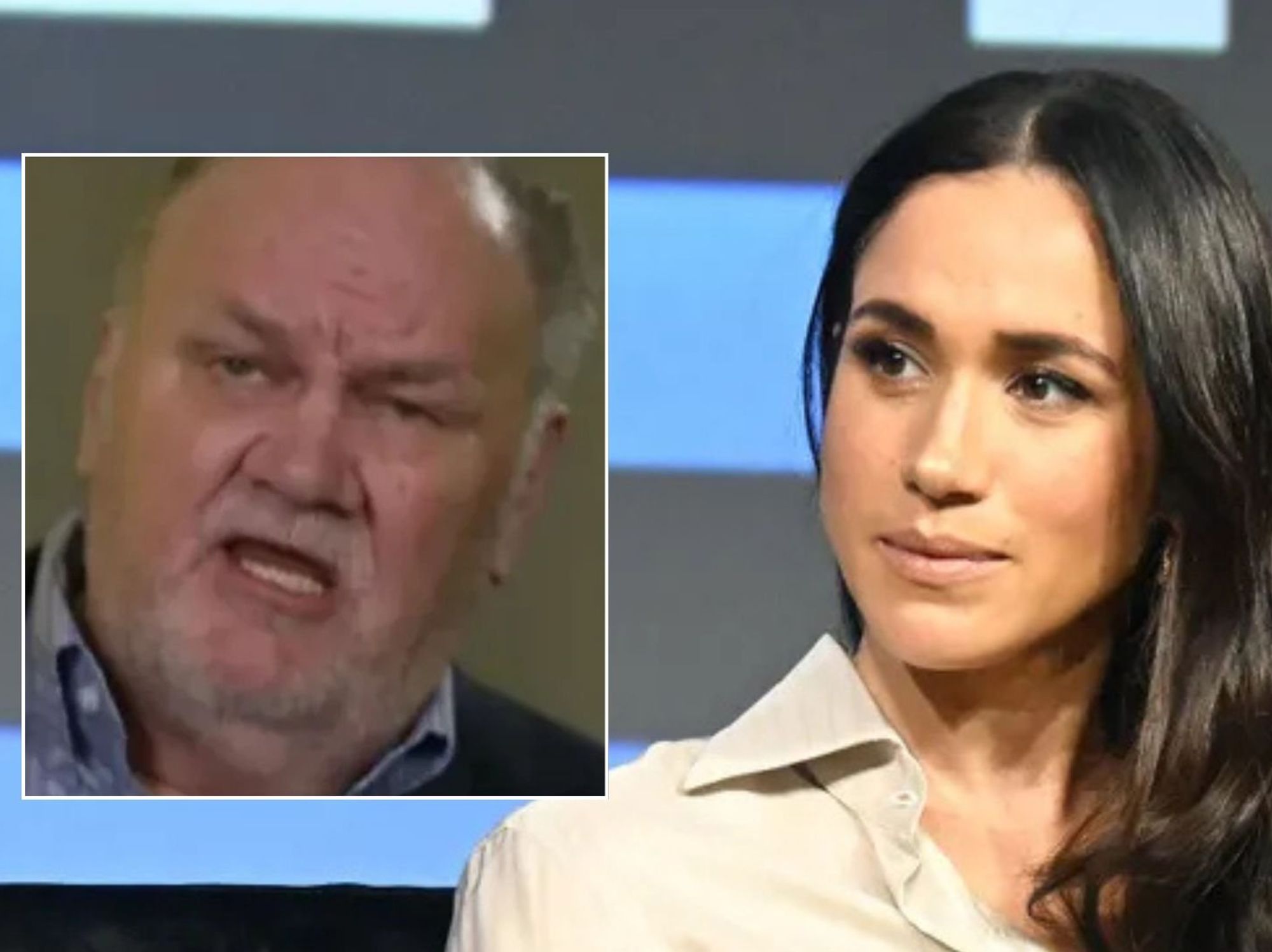Microsoft just issued all Windows 10 users with an impossible choice ― and it's outrageous

Windows 10 launched back in July 2015, meaning it'll have been on the market for a decade by the time support is pulled by Microsoft next year
|GETTY IMAGES

One billion Windows 10 users will need to choose between ditching their preferred operating system, buying a new laptop, or paying Microsoft for critical security patches
Don't Miss
Most Read
Latest
We’re less than 600 days away from Microsoft pulling support for Windows 10. After that date, Microsoft will no longer issue new updates for its most popular operating system ― leaving millions of PCs at the mercy of glitches and compatibility issues, while gigabytes of personal information are at risk from serious security flaws.
It's a bit like leaving all your valuables at home after Microsoft has just announced to every thief worldwide that your front door will never be locked again.
If scammers discover a bug in Windows 10 that lets them steal personal data or wreak havoc, it'll be open season. And Microsoft won’t do anything to help ...unless you set up a new Direct Debit that is.
Yes, Microsoft has confirmed that it’ll offer an Extended Security Updates (ESU) scheme to millions for an additional fee. Subscribe and you’ll be able to eke out an extra three years with Windows 10.
There won’t be any exciting new features coming to your PC, but it will be updated with bug fixes and security patches ― keeping you safe from malware. ESU was originally designed for businesses that needed extra time to migrate their entire operation to a newer operating system, this marks the first time that Microsoft has opened up the scheme to everyday laptop and desktop PC users.
Why the change?
Windows 10 is a unique case because it remains wildly popular.
The latest report from analytics brand Statscounter reveals that 66% of all PC owners are still using Windows 10 ― compared to just 27% using its successor, Windows 11.
Market share for Windows 7 and Windows 8.1 has cratered, registering at 3% and 1.7% respectively, so this really is a two-horse race.
Given that it’s taken almost three years for Windows 11 to crawl to a 27% share of PC users, there’s no reason to believe Microsoft will manage to convince millions to switch to its next-generation operating system in the next 600 days. With so many people still relying on Windows 10, it seems ludicrous that Microsoft is pushing ahead with plans to charge people for critical security updates.
There’s no word yet on how much the ESU scheme is going to cost, but Microsoft charged £9.57 for the first year of extended support for Windows 7 in the UK, rising to £19.15 in the second year. It's worth noting that cost is per device, so things can get pretty pricey if you have a few family members with Windows 10 devices (laptop, desktop PC, tablet) at home that need to be protected.
With 1.6 billion devices running Windows worldwide, that’s roughly 1,056,000,000 gadgets still dependent on Windows 10.
Needless to say, those numbers could result in an incredible windfall for Microsoft’s forthcoming subscription. It’s possible the Extended Security Updates scheme could add millions to the company’s bottom line.
With the dizzying amount of personal information ― from banking details to family photos ― stored on our laptops and desktop PCs, these devices are a treasure trove for scammers. Leaving your Windows 10 machine vulnerable to malware by refusing to pay for the ESU is not a viable option.
Upgrading could solve the issue, but that’s assuming you want to start using Windows 11, which makes several key changes to the software, including dropping the ribbon-style design for windowed applications ―hiding many commonly-used options under new menus, locking the taskbar to the bottom of the screen, and ditching the built-in weather widget, to name just a few.
Even if you’re happy to give the latest from Microsoft a look, because of the tough new system requirements enforced by Microsoft for its latest iteration of Windows, there’s no guarantee that your current Windows 10-powered machine will be able to make the transition without buying a few new parts.
If you’re using a laptop that can’t handle Windows 11, you might have no choice but to buy a new machine to meet the system requirements, since many of these devices are not user-upgradeable.
Or faced with all of that hassle and money, you could just pay whatever Microsoft decides its ESU will cost ―assuming months and months of a brutal cost-of-living crisis has left you with enough spare cash to choose either of these options.
OK, it’s not quite Sophie's Choice ...but it’s still a sticky situation to find yourself in.
Ending support for ageing software isn’t anything new. After all, Microsoft has a finite number of resources and cannot keep every version of its desktop operating system running forever.
We’re definitely not suggesting you should be allowed to download Windows 95 today ―and Microsoft should dedicate members of its engineering team to work tirelessly to patch vulnerabilities and flaws in the 29-year-old operating system.
But with Windows 10 outpacing its successor at an almost three-to-one ratio and millions of people relying on the software to work, manage their finances, store contacts’ numbers and addresses, and keep photos and videos ...it’s outrageous to push ahead with the arbitrary October 2025 deadline.










